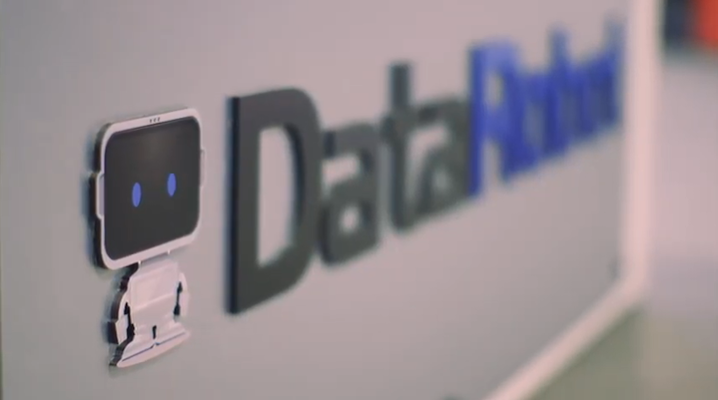Artificial intelligence startup DataRobot Inc. today announced updates to its generative AI offering that will give businesses and developers observability features with real-time intervention capabilities to increase confidence when running models in production environments.
The new capabilities allow enterprise teams to manage generative AI models running in all environments, including cloud, on-premises and the cloud, to execute them in production confidently while managing risk. The company said the new cross-environment AI observability will provide teams unified governance for all predictive and generative AI assets.
“The No. 1 thing that I hear when I talk to customers is what we call the confidence problem,” Chief Technology Officer Michael Schmidt told SiliconANGLE in an interview. “The issue is that many companies have built AI systems internally with ease, but really consistently don’t feel comfortable putting them into production. There are many different reasons for that.”
Many companies simply don’t know what they don’t know, others aren’t certain that they can test their models thoroughly enough, or that they don’t know exactly when they’re going to break down or fail. There’s also the ever-present fear that a model will hallucinate at the wrong time. “This is a major hurdle,” Schmidt said.
To help companies tackle this, DataRobot is introducing a real-time generative AI multilayer defense solution that will allow companies to insert guardrails into AI applications that will allow them to ensure accuracy. It will also help prevent issues in real time by monitoring, moderating and intervening to prevent prompt injections and toxicity, detect personality identifiable information or PII, and mitigate hallucinations.
That’s made possible with the DataRobot Generative AI Guard Library, which creates automated strategies to ensure the performance of generative AI models in production. The library includes pretrained guard models for different scenarios including a PII detection model, a hallucination stopping model and more.
It does so by allowing the on-demand creation of configurable guardrail rules, models, prompts or other heuristics such as regex that can monitor and react to model actions before they become a problem. Customers can configure the code created by the library or bring their own guardrail models.
“We have customers that have really specific requirements, such as they do not want the model to talk about their competitors, either positively or negatively, or they don’t want them to talk about like pricing their products,” said Schmidt. “And there’s not great tools to help you mitigate those sorts of issues.”
Another tool that DataRobot is launching is the ability to assess the overall quality control of the guardrails as they operate in production. The system closes the loop with monitoring by assessing and measuring the effectiveness of the guard models. That way, as they are used in production, they can be quickly fine-tuned to work better as customers interact with them, if they’re blocking things or allowing prompts they shouldn’t.
Businesses don’t need to prepare guard models blind. They can experiment with them before they put them into production by testing them side-by-side with a model and a dataset to see how they’ll react. A guardrail and a model can be tested against a model without a guardrail to see if it works better or worse on different metrics, or against a different guardrail configuration. Metrics could include common industry standards such as accuracy, trustworthiness, loyalty, toxicity, security or anything the customer wants to configure.
“DataRobot is providing all the tools an enterprise needs to get started with generative AI quickly and with confidence,” said Ritu Jyoti, group vice president of worldwide artificial intelligence and automation research lead at International Data Corp. “AI leaders need to be prepared for a new normal where AI exists in multiple environments and locations.”
These updates follow up on DataRobot’s last milestone update in November when the startup added numerous observability, experimentation, testing and tracking capabilities to its platform.
Photo: DataRobot
Your vote of support is important to us and it helps us keep the content FREE.
One click below supports our mission to provide free, deep, and relevant content.
Join our community on YouTube
Join the community that includes more than 15,000 #CubeAlumni experts, including Amazon.com CEO Andy Jassy, Dell Technologies founder and CEO Michael Dell, Intel CEO Pat Gelsinger, and many more luminaries and experts.
THANK YOU
Source link
lol

